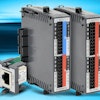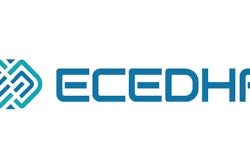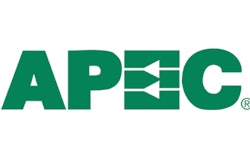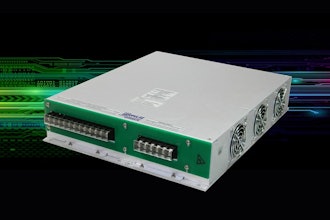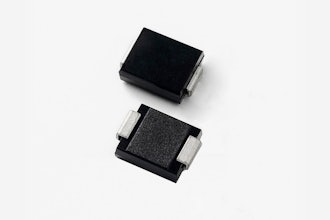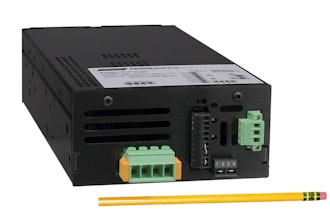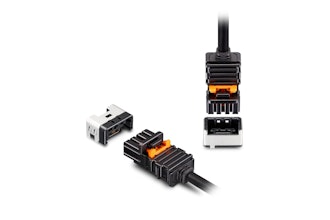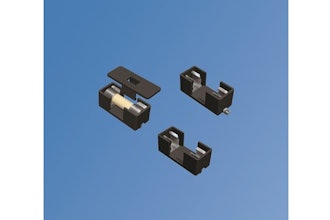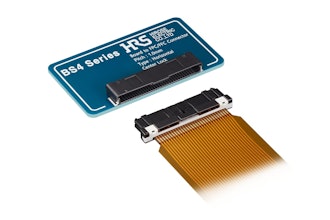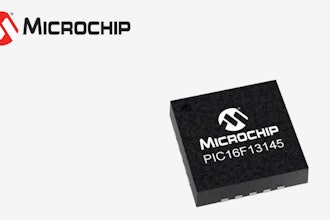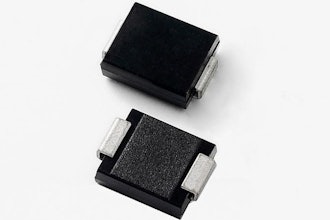
Many factors must be considered when selecting the correct component for your design. Choosing a part that meets the physical and functional specifications of the design is just the beginning. Other factors must be taken into account in order to prevent disruptions to the supply chain and reduce risk of production interruptions.
To protect profitability and your product lifecycle plan, long-term component availability must be a primary concern. In addition to the component product lifecycle, regulatory compliance and cross-referencing must also be in the equation. Designers and procurement professionals that plan and prepare for component disruptions are more aptly able to avoid production shutdowns and ensure higher profitability.
Traditional supply chain disruptions come in many shapes and sizes including:
- Obsolescence
- Compliance
- Counterfeit
- Supplier Verifications
- Resource Constraints
- Material Shortages
- Long Lead Times
- Tech Advancements
However, recent events including COVID-19 and now the Ukraine/Russia war has led to more disruptors. What started with limited human resources due to a global pandemic has been exacerbated by changes in demand. Manufacturing has tried to adapt to meet changing demands, however the flaws of just-in-time manufacturing have been illuminated.
In addition, government regulations like REACH and RoHS provide a challenge for designers. These ever-changing environmental regulations present a moving target that forces designers to revisit components that were once seen as compliant. Different parts of the world have different rules with varying consequences. The REACH SVHC list has grown from 15 in 2008 to 211 in 2021.
Researching the viability of the components that will be included in your design has never been so complex. We may have more research resources to inspect, but we’ve never needed them more. When researching component information, there are four considerations that should be prioritized over others.
1: Accuracy
This may sound obvious, but accuracy is important. It’s not so much that the information you find is wrong as it may be outdated. Just like you should check the date on a gallon of milk before drinking a glass, you should check the date on component information before adding it to your design.
The source of the information is important as the date. You may have a datasheet that originated from the manufacturer, but where did you get it? If it sourced from a third party, how confident are you that they are updating it when necessary?
2: Alternatives
If your part is not available or it is no longer compliant, you’ll need a backup plan. The best designs are those which are flexible enough to replace parts with alternatives in the event of a shortage.
Finding pin-to-pin replacements that meet form, fit and function is preferred. However, you may need to make tolerable concessions for some parametric attributes. Another attribute to consider is geography. Sourcing all your components from a single manufacturer or region of the world introduces risk that can be avoided by taking those attributes into account during the design phase.
3: Speed
The third thing to consider is how quickly you can get accurate information about multiple parts that meet your needs. The amount of time spent researching components increases along with the number of parts on your list. Nobody wants to spend more time researching parts than designing products.
Having one source to manage your part list(s) that you trust to be accurate greatly reduces the amount of time spent on component research. If that source is also able to provide cross-references, you have the three most important attributes of component research covered.
4: Ease of Use
Accessing and searching comprehensive data must not only be fast, but easy as well. Using systems that enable a simple upload of your bill of materials to instantaneously run risk assessments on lifecycle, inventory, multi-sourcing, conflict minerals, and compliance saves time and costs.
Cover Your Bases
SiliconExpert’s P5 Platform offers a robust solution for handling all your component research needs in one place. Through the company's Part Search & BOM Manager tools, users can seamlessly integrate a way to manage their parts, BOM and supply chain.
 SiliconExpert
SiliconExpert
Execute unlimited part searches through a consistently updated database of more than a billion electronic and mechanical parts for alternatives, check for compliance updates, and run risk assessments.
For more information, visit https://www.siliconexpert.com/part-search/.

